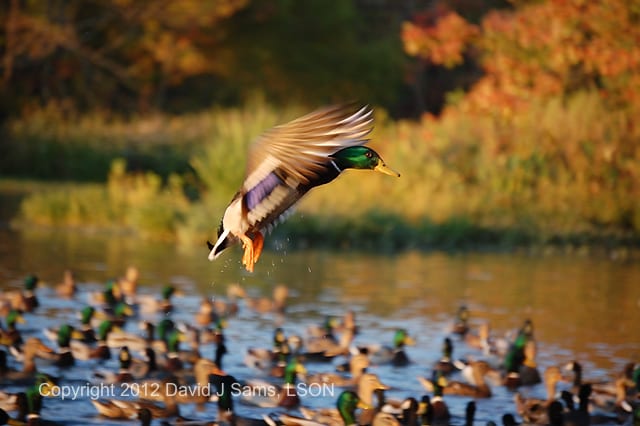
Duck hunters should be smiling.
The U.S. Wildlife Service released its preliminary report on breeding ducks and habitat, based on surveys conducted in May and early June.
Total populations were estimated at 48.6 million breeding ducks in the surveyed area. This estimate represents a 7 percent increase over last year’s estimate of 45.6 million birds, and is 43 percent above the 1955-2010 long-term average. This year’s estimate is a record high and is only the sixth time in the survey’s history that the total duck population exceeded 40 million.
“If nesting and brood-rearing conditions are favorable over the next few months, we could see another strong fall flight,” said Ducks Unlimited Chief Scientist Dale Humburg.
Total pond counts for the United States and Canada combined showed 5.5 million ponds, a 32 percent decrease from last year’s estimate and 9 percent above the long-term average. This was the first time since 2008 that ponds dropped below 6 million.
Of the 10 species traditionally reported, nine were similar to or increased in number from 2011. Two species (northern pintail and American wigeon) remained below their long-term average. Mallards, northern shovelers, blue-winged teal and scaup were bright spots on this year’s survey. For the first time since 1999, mallard populations have exceeded 10 million. Northern shovelers and bluewings again reached record highs (5.0 and 9.2 million, respectively). Scaup numbers showed improvement and are above 5 million for the first time since 1991, but still remain below the North American Waterfowl Management Plan population goal. Only three species — northern pintail, American wigeon and scaup — remain below NAWMP goals.
As always, fall weather and habitat conditions along migration routes will have a big impact on migration chronology and local hunting success.

